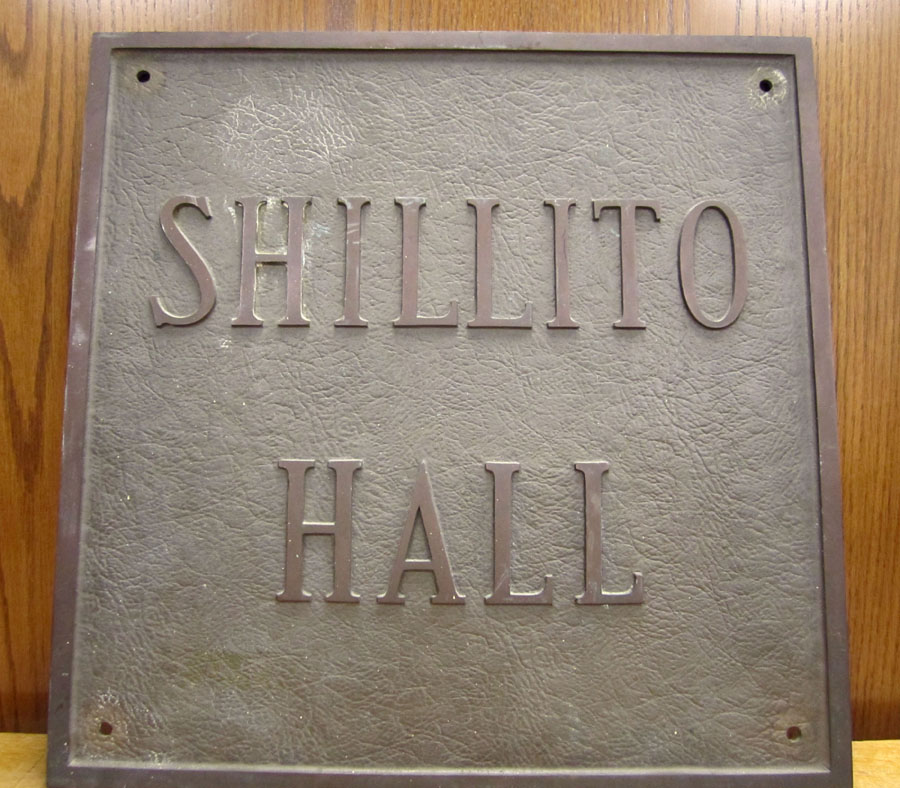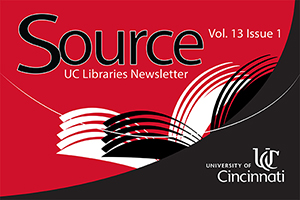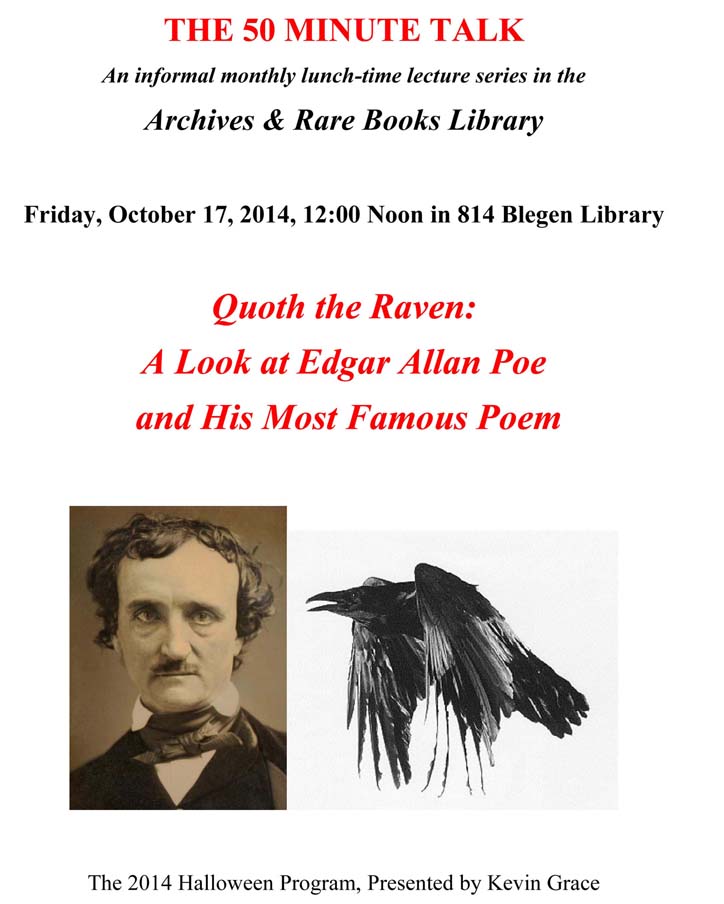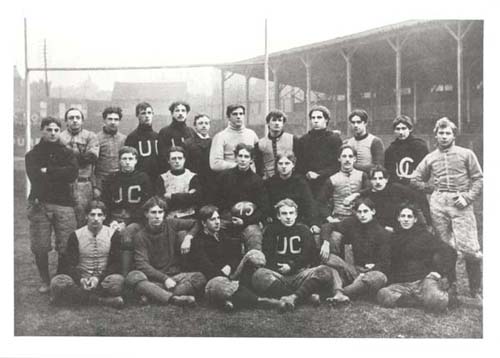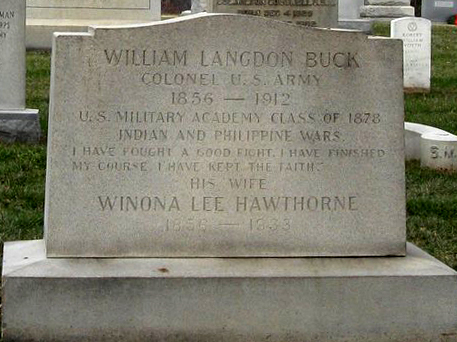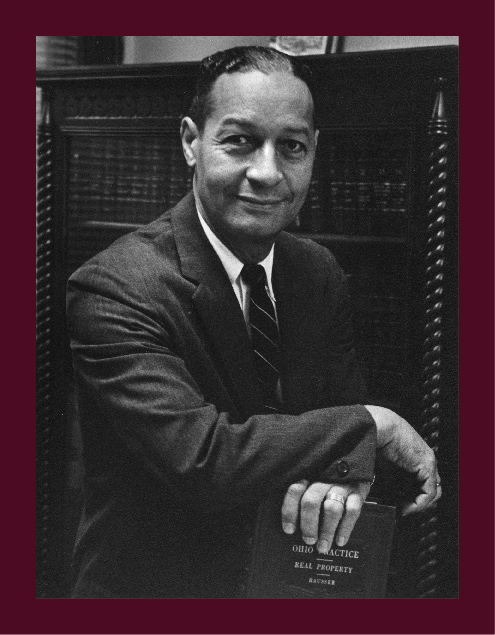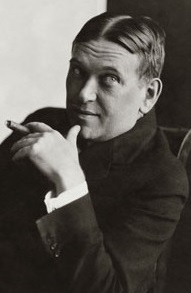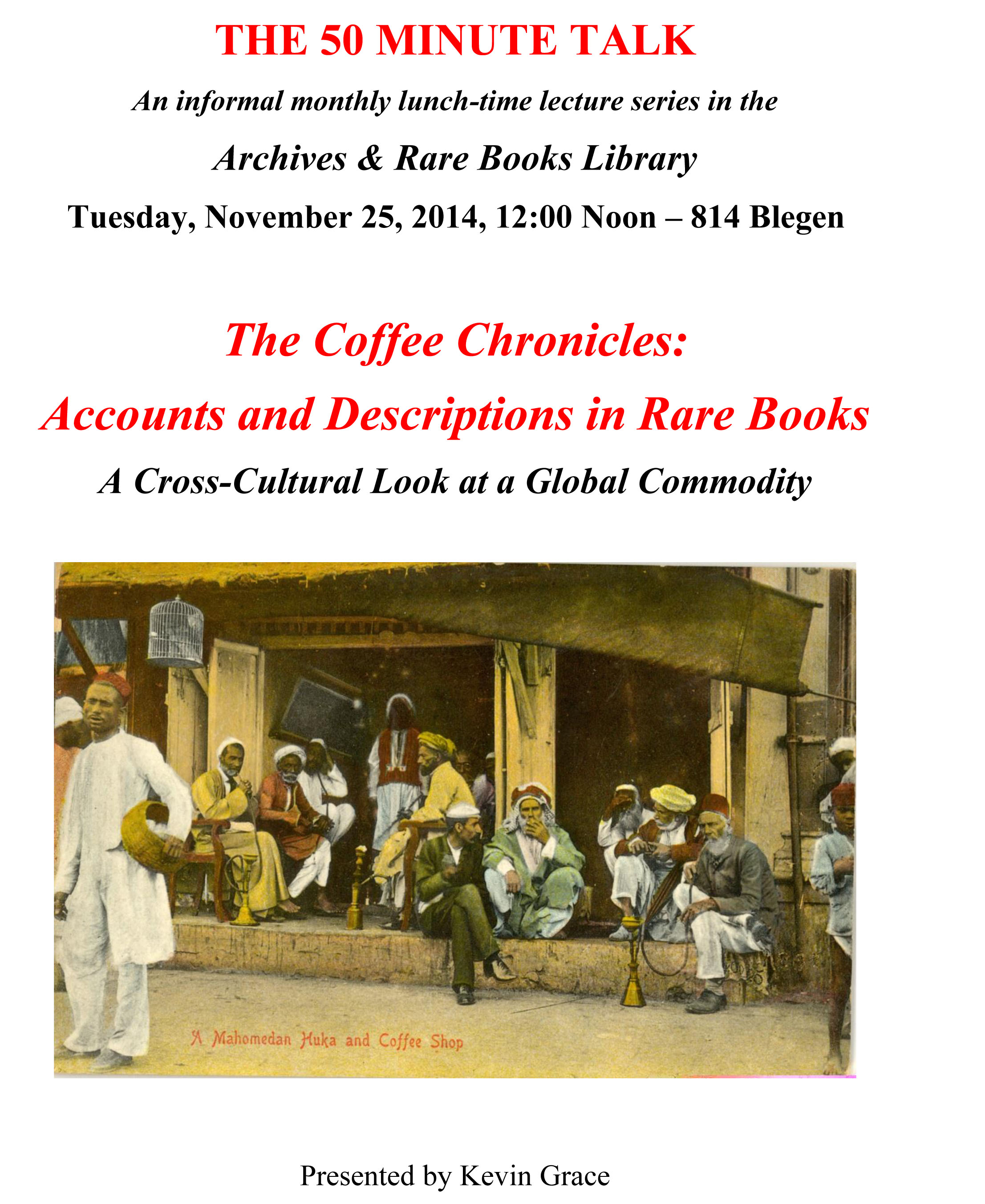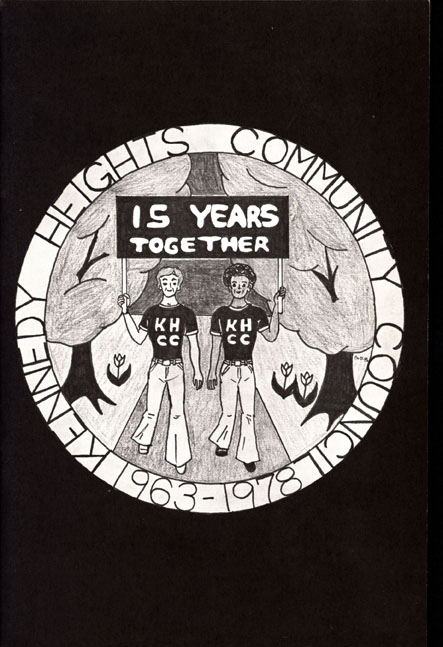On the Archives & Rare Books website, we try to keep it fresh by putting up new images from time to time, especially our banner pictures. All of them are taken from our various holdings and we often get queries about what they are exactly, what collections they’re from, what era they represent, and the like. Lately, we’ve received several about our banner image of St. Mark. The painting of the gospel writer is from our book of hours, what we call the Limoges Book of Hours, but is listed in UCLID as Ms. No. 37.
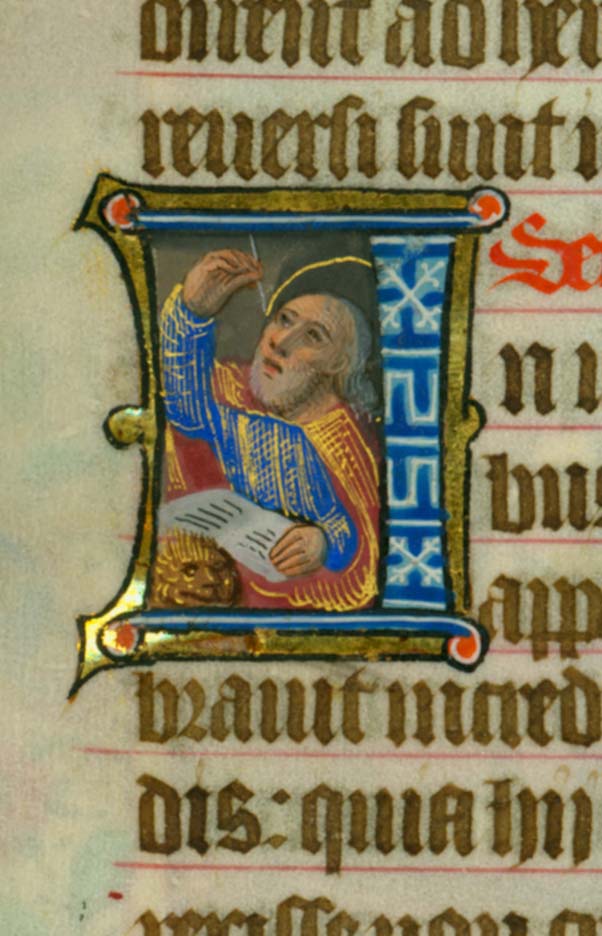 Created ca. 1475 in a monastic workshop in Limoges, France, this book of hours is written on vellum and bound in velvet. There are exquisite illuminated pages throughout the volume illustrating events like the Conception and the Resurrection. As with all books of hours from the Middle Ages to the Renaissance, the volume contains the prayers read at the designated times of day, along with a list of saints and feast days important to the region in which the book was made. Additionally, most books of hours contain the four Gospels of Matthew, Mark, Luke, and John. And this is where St. Mark comes in. Continue reading
Created ca. 1475 in a monastic workshop in Limoges, France, this book of hours is written on vellum and bound in velvet. There are exquisite illuminated pages throughout the volume illustrating events like the Conception and the Resurrection. As with all books of hours from the Middle Ages to the Renaissance, the volume contains the prayers read at the designated times of day, along with a list of saints and feast days important to the region in which the book was made. Additionally, most books of hours contain the four Gospels of Matthew, Mark, Luke, and John. And this is where St. Mark comes in. Continue reading

